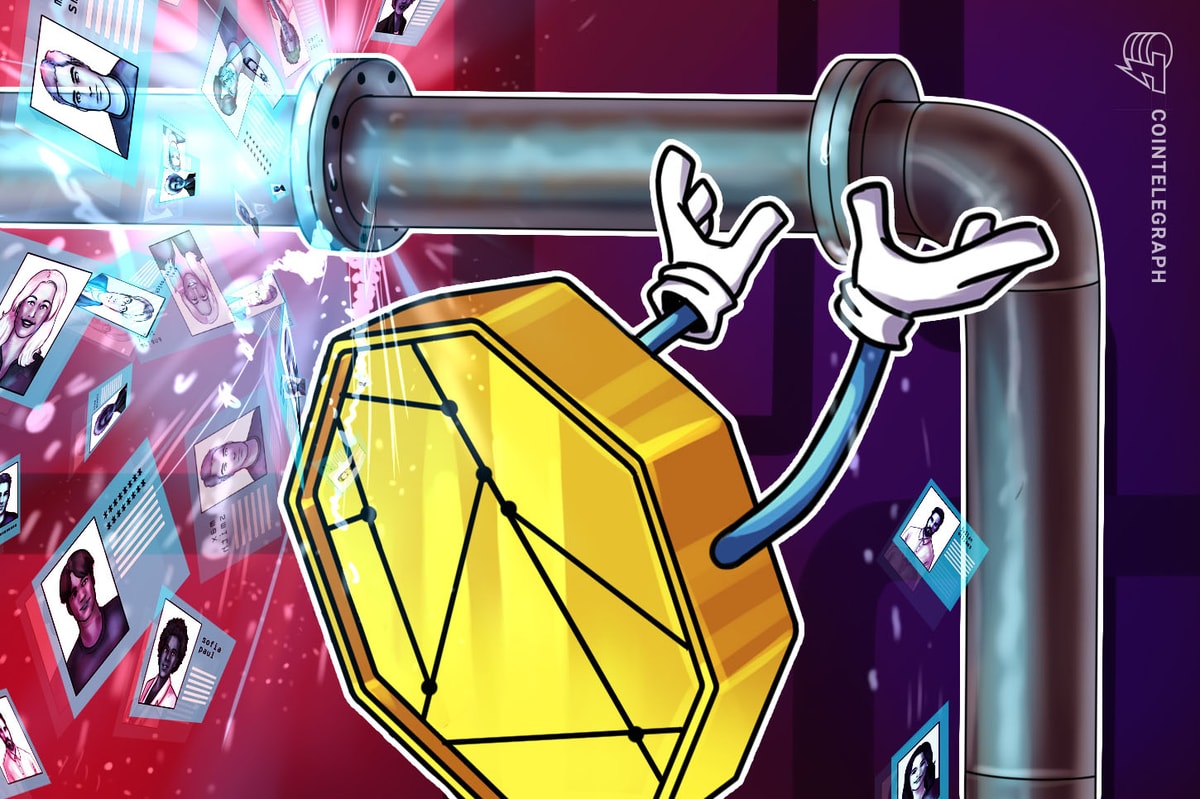By Sukrit Singh
For years, the experiential marketing industry has maintained that the more we lean toward digital, the greater the need for physical. Primarily, this is based on the kinds of experiences we, in the industry, are able to develop. They are up-close, customised, immersive, and based on the concept of physical interactions with other people. Experiences are, in essence, meant to be experienced by one and all, to create a sense of surrealism that takes you away from the constraints of the real world and places you in a fantasy that truly enthrals you.
Web3 marks one of the most transformative shifts in recent history, generating incredible opportunities in the realm of experiential marketing. New spaces offer the freedom to create new communities of people online. Though the sector is in its infancy, the community-focused ethos is rewriting the rules of engagement and interaction, thus creating a new frontier for online experiences that are genuinely transformative. The world of the metaverse is undoubtedly one of the most engaging ones people can access, offering the ability to interact with purely imagined spaces. As a result, we open the door to a new way of “living” experiences.
The inception of the Web3 space has been explosive, with the integration of new ways to interact with one another and the development of new technology that bolsters how we interact with the internet. Furthermore, with the proliferation and widespread adoption of virtual reality, augmented reality, and mixed reality devices, technological advancements have been a massive boon to the experiential industry, adding new layers of interactability to anything that can be created. As for the social aspect, the various platforms of the Metaverse are proving to serve new functions every day, with building community engagement at their core.
Speaking of, the Metaverse and its various platforms present an incredible opportunity for creating experiences, quite a few of which we’ve already seen. Whether it be concerts, meetings, conferences, games, or just spaces for people to come together and interact, the Web3 space has created a platform for experiences. Using dedicated Web3 platforms such as Spatial, Decentraland, and Sandbox or non-native Web3 Metaverse provided through game engines such as Fortnite, Minecraft, and Roblox. All of these are platforms that should be explored, specialised in, and further developed as necessary. From an experiential marketing standpoint, this space provides us with a one-of-a-kind opportunity to incorporate in-real-life (IRL) into the URL.
Experiential agencies should be excited about this radical new shift, albeit with a grain of salt. Our industry has an opportunity to create activations, the likes of which have never been seen before! With physical constraints removed, layers of abstraction deviating from reality, infinite amounts of space, and the opportunity to immerse every participant with the use of new technology. Though one should also keep in mind that this new community is precisely that: a community, and if agencies cannot find a way to meld into their culture and fit in with their ‘vibes’, we could be in for a significant hiccup. Though there is no definitive playbook for Web3 and how it works other than getting your feet wet and figuring it out the hard way, there will always be an advantage in being the first one on the ship.
So to answer the question of whether or not “Web3 is the future of experiential” is a futile effort. Of course, every new development will have its challenges, but the promise it holds for all who enter the space is tremendous and will lead to some of the most incredible experiences we will ever see. And I, for one, am excited to see what the future of Web3 will entail.
The author is the co-founder of XP&DLand.
Please Read: Zomato to focus on building its Live product; completes 40-50% of revenue target so far
Read More: news.google.com









 Bitcoin
Bitcoin  Ethereum
Ethereum  Tether
Tether  XRP
XRP  Solana
Solana  USDC
USDC  Dogecoin
Dogecoin  Cardano
Cardano  TRON
TRON  Lido Staked Ether
Lido Staked Ether  Wrapped Bitcoin
Wrapped Bitcoin  Sui
Sui  Wrapped stETH
Wrapped stETH  Chainlink
Chainlink  Avalanche
Avalanche  Stellar
Stellar  Hyperliquid
Hyperliquid  Shiba Inu
Shiba Inu  Hedera
Hedera  LEO Token
LEO Token  Bitcoin Cash
Bitcoin Cash  Toncoin
Toncoin  Litecoin
Litecoin  USDS
USDS  Polkadot
Polkadot  WETH
WETH  Monero
Monero  Bitget Token
Bitget Token  Wrapped eETH
Wrapped eETH  Binance Bridged USDT (BNB Smart Chain)
Binance Bridged USDT (BNB Smart Chain)  Pepe
Pepe  Pi Network
Pi Network  Ethena USDe
Ethena USDe  Coinbase Wrapped BTC
Coinbase Wrapped BTC  WhiteBIT Coin
WhiteBIT Coin  Aave
Aave  Bittensor
Bittensor  Dai
Dai  Uniswap
Uniswap  NEAR Protocol
NEAR Protocol  Aptos
Aptos  OKB
OKB  Jito Staked SOL
Jito Staked SOL  Ondo
Ondo  Tokenize Xchange
Tokenize Xchange  BlackRock USD Institutional Digital Liquidity Fund
BlackRock USD Institutional Digital Liquidity Fund  Cronos
Cronos  Ethereum Classic
Ethereum Classic